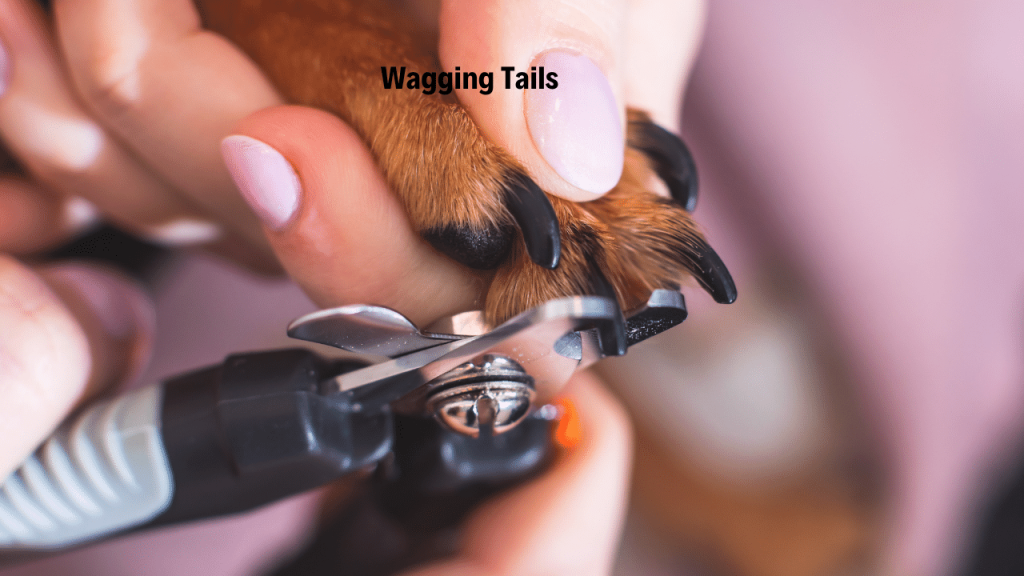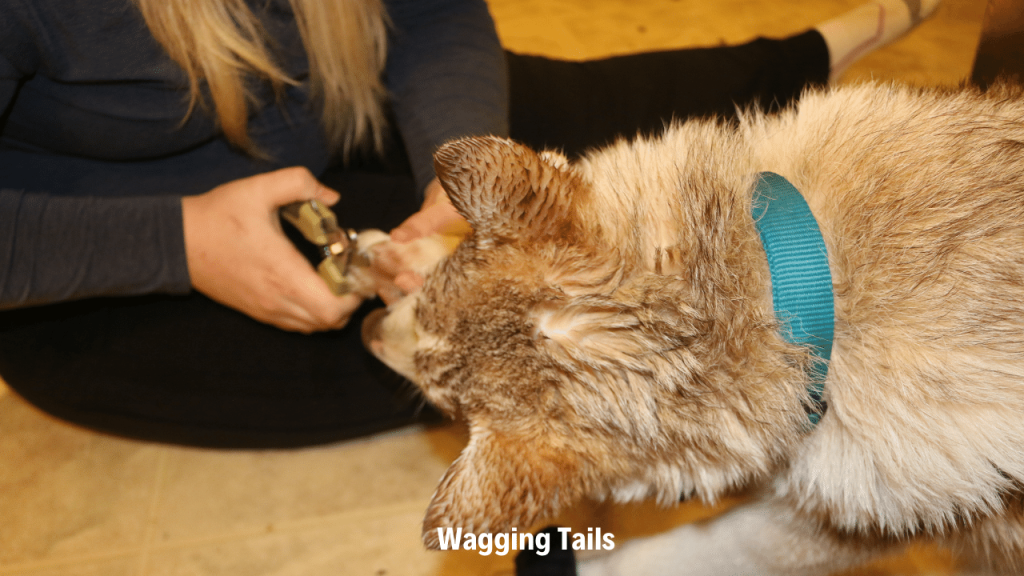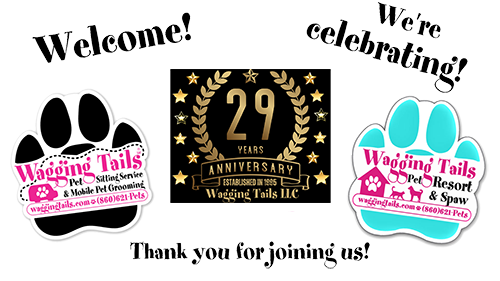Importance of Regular Nail Trimming
Having your dog remain healthy and comfortable is a priority; trimming your dog’s nails is helpful in keeping him/her healthy. Trimming your dog’s nails can create much discomfort and even lead to many health issues for your pet. When the length of the dog’s nails is overextended, the weight of the dog’s body is broken by the paw and leg joints, causing pain, difficulty in walking, and changes in the way he walks. Moreover, damage to extra long nails is more likely to occur when the nails catch on things, and that may prove painful to your dog. Regular nail trimming should be a part of your routine that will help prevent these problems and improve the quality of your dog’s life.
Selecting the Best Nail Cutting Tools
During your dog’s clipper session, deciding which size and type of nail trimmers you should use is essential for security and efficacy. The clips should be of the correct size, considering the thickness and size of your dogs’ nails, so that the cut of the trimmer is clean and, at the same time, it does not cause discomfort.

If your dog is small, a scissor-type of nail clippers or a nail grinder will work fine. They can be adjusted to accommodate the dog’s size and provide a gentle but controlled approach. For large dogs, however, a guillotine-style clipper can be used. This is usually helpful for removing thicker nails easily. Whether you use plain or electric shear, the blades should be sharp and well-maintained to prevent splitting or tearing the nails.
Identifying the Quick (Sensitive Part) of the Nail
Knowing your dog’s nail anatomy is the first step towards correct and painless nail trimming. The part of the nail that can feel pain is the live tissue responsible for the nerves and blood supply to the nail. While trimming, encroaching on the sensitive area (called the quick) can lead to bleeding and significant discomfort for your dog. Thus, careful identification and avoidance of this area is essential during trimming.
In dogs with light-skinned nails, this delicate area is seen as pinkish or reddish on the inside of the nail. Therefore, a specific location for cutting becomes very apparent. Contrary to this, the quick can be more challenging to see for black dog nails with clear or black quick. Sometimes you can take a bright light or even use a nail grinder to carefully look at the nail and be on the lookout for a slight change in color or a little dark spot that usually means the beginning of the quick.
Safe and Painless Nail-Cutting Techniques
The key to a successful and stress-free nail clipping session with your dog is the careful handling and positioning of your him or her. Start by grasping your dog’s paw delicately but firmly, ensuring your hold is secure without triggering pain or discomfort. The dog can either be sitting or standing, which can be determined by the dog’s comfort and your ability to handle their paws.
Hold the clipper at a 45-degree angle to the nail at clipping time, being careful not to cut too quickly. Begin with small reductions, carefully removing only the smallest piece of the nail at a time. This way, the risk of snipping the quick gets minimized, and the cutting process becomes more controlled and accurate.
Addressing Common Nail Clipping Challenges
Among the challenges of black or dark-colored nails is the quick, which is usually more difficult to identify. Specifically, using extra precaution is crucial in instances like this to prevent cutting into a vulnerable area.
Nails that are thick or brittle may require a more detailed cutting process. In these situations, it is vital to use sharp and good-quality clippers and to make more minor and frequent cuts. Do not apply excess pressure; this can cause the nail to split or crack, thus giving rise to discomfort and the onset of infection.

Aftercare and Maintaining Healthy Nails
It is vital to give your dog a pat on the back and a caring touch after an excellent job, and remember to be generous with the treats. Provide your dog with lots of praise, snacks, and love after the nail-clipping session, as it will aid them in understanding that any future events are to be positive.
The most crucial aspect of nail health is regular nail trimming. Strive to attend to your dog’s nails every four to six weeks or by the speed of their growth and your dog’s individualized requirements. It is essential to always be patient because it will enable your dog to remain at ease. Plus, there will be less anxiety or resistance.
In Case You Need Help From a Professional
Initiating routine nail clipping is an essential part of the grooming process. Nevertheless, professional assistance may be required at some point. For pet owners who are hesitant about cutting their dog’s nails or even for the well-being of their dogs, or if their pets display pronounced fear or resistance in the process, it is prudent to seek advice from a vet.
Remember, your dog’s health and condition should be your priority. Know when to seek professional help and to ensure that your pet’s nails are taken care of safely, effectively, and most importantly, with all the needed care and attention.
